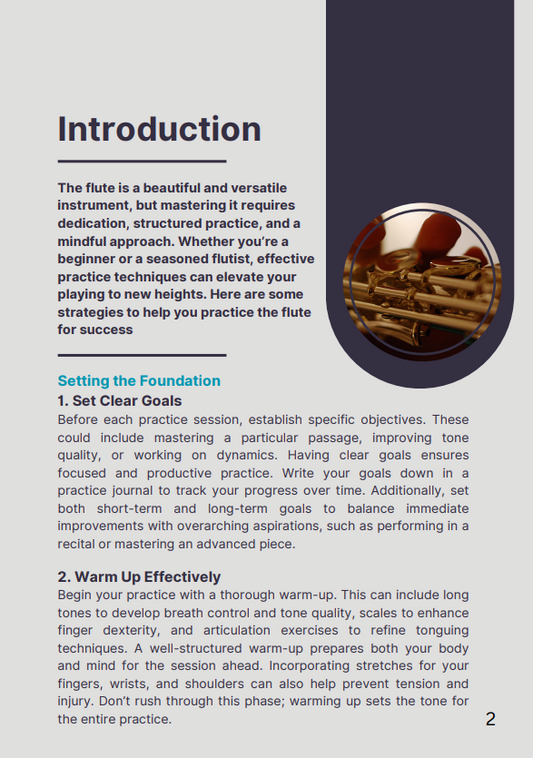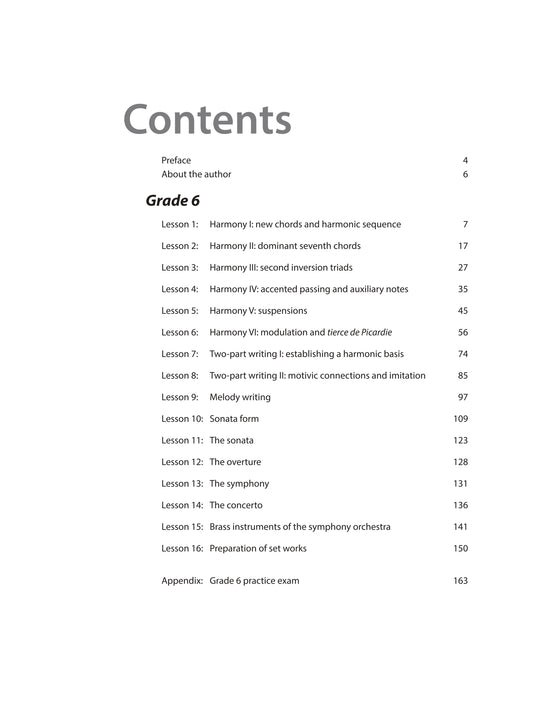Collection: Theory Books
Music theory is the study of the practices and possibilities of music. The Oxford Companion to Music describes three interrelated uses of the term "music theory". The first is the "rudiments", that are needed to understand music notation (key signatures, time signatures, and rhythmic notation); the second is learning scholars' views on music from antiquity to the present; the third is a sub-topic of musicology that "seeks to define processes and general principles in music". The musicological approach to theory differs from music analysis "in that it takes as its starting-point not the individual work or performance but the fundamental materials from which it is built."[1]
Music theory is frequently concerned with describing how musicians and composers make music, including tuning systems and composition methods among other topics. Because of the ever-expanding conception of what constitutes music (see Definition of music), a more inclusive definition could be the consideration of any sonic phenomena, including silence. This is not an absolute guideline, however; for example, the study of "music" in the Quadrivium liberal arts university curriculum, that was common in medieval Europe, was an abstract system of proportions that was carefully studied at a distance from actual musical practice.[n 1] But this medieval discipline became the basis for tuning systems in later centuries and is generally included in modern scholarship on the history of music theory.[n 2]
Music theory as a practical discipline encompasses the methods and concepts that composers and other musicians use in creating music. The development, preservation, and transmission of music theory in this sense may be found in oral and written music-making traditions, musical instruments, and other artifacts. For example, ancient instruments from prehistoric sites around the world reveal details about the music they produced and potentially something of the musical theory that might have been used by their makers (see History of music and Musical instrument). In ancient and living cultures around the world, the deep and long roots of music theory are visible in instruments, oral traditions, and current music-making. Many cultures have also considered music theory in more formal ways such as written treatises and music notation. Practical and scholarly traditions overlap, as many practical treatises about music place themselves within a tradition of other treatises, which are cited regularly just as scholarly writing cites earlier research.
In modern academia, music theory is a subfield of musicology, the wider study of musical cultures and history. Etymologically, music theory, is an act of contemplation of music, from the Greek word θεωρία, meaning a looking at, a viewing; a contemplation, speculation, theory; a sight, a spectacle.[3] As such, it is often concerned with abstract musical aspects such as tuning and tonal systems, scales, consonance and dissonance, and rhythmic relationships. In addition, there is also a body of theory concerning practical aspects, such as the creation or the performance of music, orchestration, ornamentation, improvisation, and electronic sound production.[4] A person who researches or teaches music theory is a music theorist. University study, typically to the MA or PhD level, is required to teach as a tenure-track music theorist in a US or Canadian university. Methods of analysis include mathematics, graphic analysis, and especially analysis enabled by western music notation. Comparative, descriptive, statistical, and other methods are also used. Music theory textbooks, especially in the United States of America, often include elements of musical acoustics, considerations of musical notation, and techniques of tonal composition (harmony and counterpoint), among other topics.
-
Rutherford - Music Explained - Grade 6
Regular price $34.95 AUDRegular priceUnit price / per -
Rutherford - Music Explained - Grade 5
Regular price $34.95 AUDRegular priceUnit price / per -
Rutherford - Music Explained - Grade 4
Regular price $34.95 AUDRegular priceUnit price / per -
Rutherford - Music Explained - Grade 3
Regular price $34.95 AUDRegular priceUnit price / per -
Rutherford - Music Explained - Grade 2
Regular price $34.95 AUDRegular priceUnit price / per -
Rutherford - Music Explained - Grade 1
Regular price $34.95 AUDRegular priceUnit price / per -
Practicing the flute for success - A Guide for Musicians - E-Books
Regular price $0.00 AUDRegular priceUnit price / per -
Holland, D - Musicianship Seventh Grade
Regular price $17.95 AUDRegular priceUnit price / per -
AMEB Theory of Music Integrated Course and Workbook Grade 6
Regular price $44.95 AUDRegular priceUnit price / per -
Music Made Easy Book Four
Regular price $20.00 AUDRegular priceUnit price / per -
Music Made Easy Book Three
Regular price $20.00 AUDRegular priceUnit price / per -
Music Made Easy Book Two
Regular price $20.00 AUDRegular priceUnit price / per














